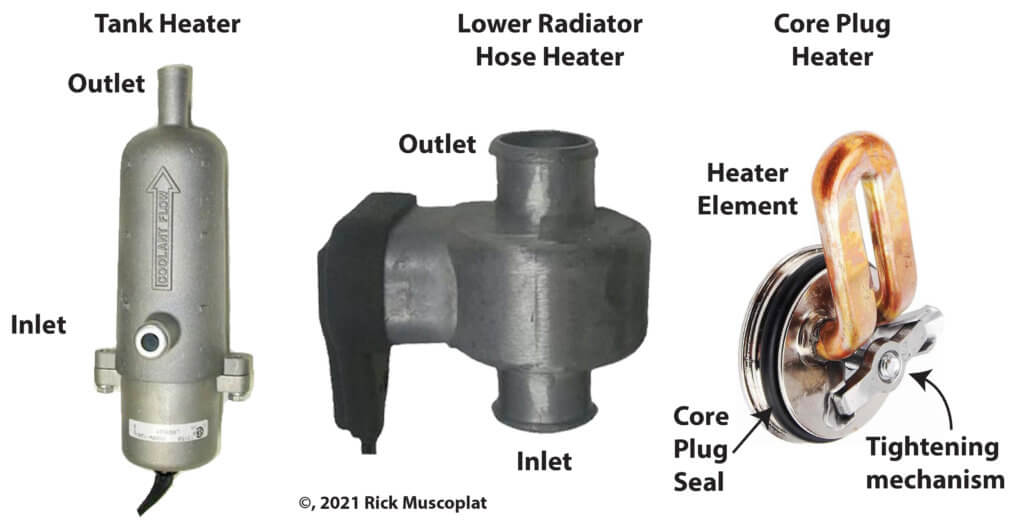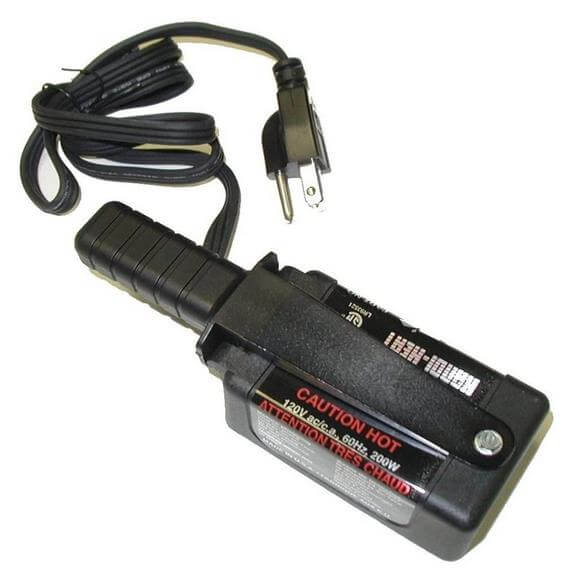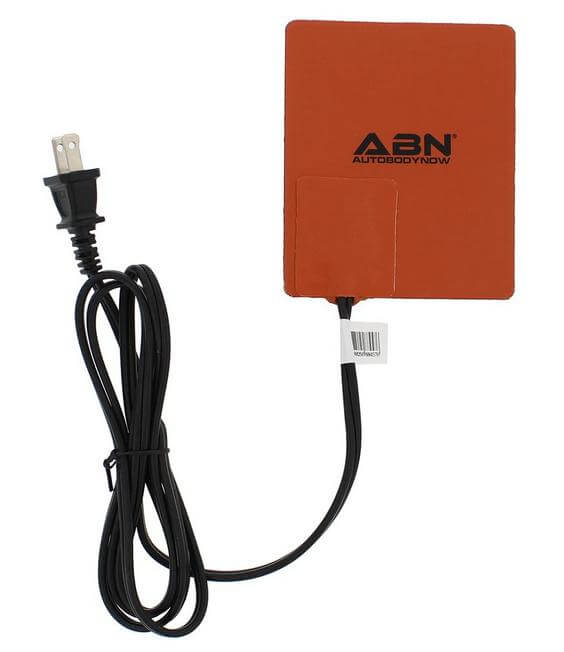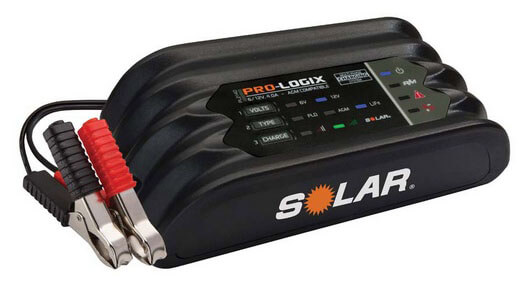Choosing the Right Engine Block Heater for Cold Starts
The Best Engine Block Heaters for Winter: A Comprehensive Guide
One of the most effective ways to protect your engine and ensure a smooth start on cold mornings is by using an engine block heater. But with several types available on the market, how do you know which one is the best for your needs? This article explores the different types of engine block heaters, their advantages and disadvantages, and how to choose the right one for your vehicle.
Cold metal quenches the combustion process and reduces fuel vaporization making it harder to start your engine in extremely cold weather. Quenching and reduced vaporization affects carbureted engines far more than fuel injected engines. However, some early fuel injected engine also have trouble starting in extremely cold weather. An engine block heater warms the coolant and the block, which reduces quenching and aids in fuel vaporization and starting.
Three types of engine block heaters and the pros and cons of each
Engine block heaters come in three versions: lower radiator hose heater, tank heater, and core plug heater.

Tank heater
A tank-heater-style block heater splices into a heater hose. It heats the coolant returning to the engine from the heater core, and the heated coolant circulates through the engine by convection (there’s no pump involved). This type of block heater has fallen out of favor somewhat due to the use of metal heater tubes and the complexity of installation on late-model engines.
Tank-type heaters require moderate installation time and knowledge to locate the proper heater hose and install the unit and auxiliary hoses.
Lower radiator hose heater
A lower radiator hose heater splices into the lower radiator hose. The heated coolant rises directly into the engine. To purchase a lower radiator hose heater, you must first know the inside diameter of your lower radiator hose.
Installation is fairly easy; just drain the radiator, cut the hose, and clamp the heater in place.
Core plug heater
This heater is the most difficult to install but is the most effective at heating the engine’s coolant. It installs directly into a cooling passage in the engine block instead of a factory core plug (sometimes incorrectly called a “freeze plug”). To install, drain the engine and remove an existing core plug. Then install the heater in to core opening and tighten. The heat goes directly into the engine to warm the metal.
Other types of engine heating devices
Magnetic oil pan heater

Kat’s 1155 200 Watt Magnetic Oil Pan Heater
This device attaches to the oil pan of your engine and heats the oil. The reason for this type of heater is that cold oil slows the cranking speed of your engine. So warming the oil, in theory, allows it to crank faster and start-up easier.
In reality, it doesn’t work because it doesn’t warm the oil in the engine, and it’s that cold thick oil that slows down the engine cranking speed, making it hard to start the engine.
The warmed oil in the pan can’t help you start your engine. The only thing is does is help oil flow faster once the engine is running.
Do you need a magnetic oil pan heater? Probably not. Most modern vehicles use a 5W-30, 5W-20, or 0W-20 oil, allowing your engine to crank faster in cold weather. Also, many of these oil pan heaters don’t have enough wattage to heat the oil and overcome the heat loss on extremely cold days.
Heating blanket for the battery
Lead acid batteries make power through a chemical reaction. The colder the weather, the slower the reaction. To get more power for starting, some people wrap a heating blanket around the battery. It works, but it’s not the most effective way to get the most power out of your battery in cold weather.
Rather than warming the battery with a heating blanket, I recommend using a plug-in battery maintainer. The maintainer will keep your battery at full charge, eliminating the need for a warming blanket.

Rick’s advice for the best block heater
The most effective block heater is a freeze plug heater because it directly interacts with the coolant surrounding the cylinders. Unfortunately, it’s also the most difficult to install on some engines.
If you’re going to install a freeze plug heater, also consider attaching a battery maintainer to your battery. That way, you’ll have warm coolant and a fully charged battery.
Use a battery maintainer
This is the most effective way to keep your battery fully charged to provide the fastest cranking power when starting on a cold day.

Clore/Solar ProLogix PL2140 battery maintainer
©, 2021 Rick Muscoplat
Posted on by Rick Muscoplat